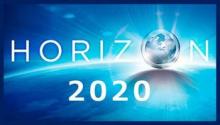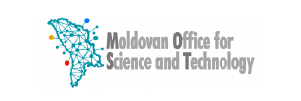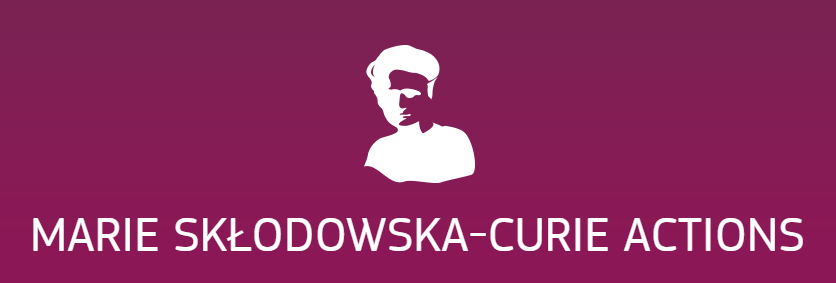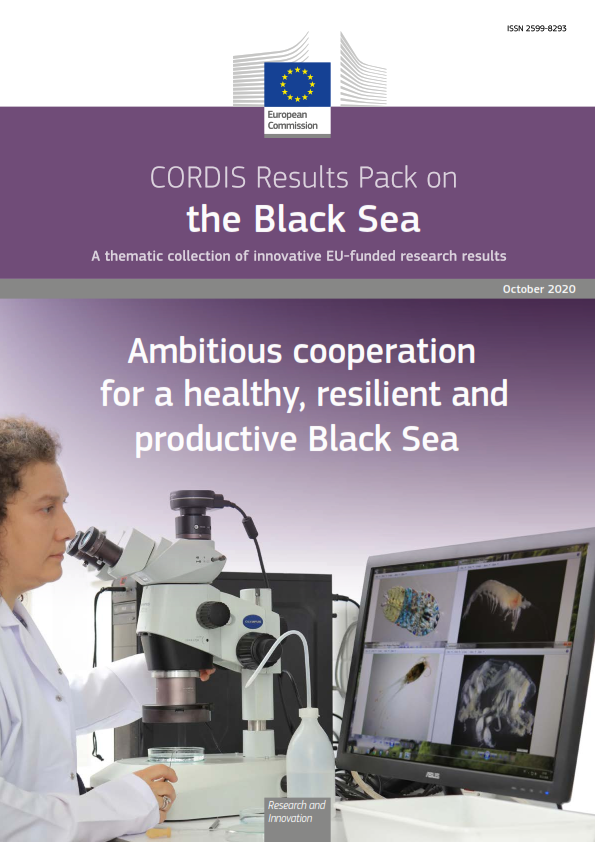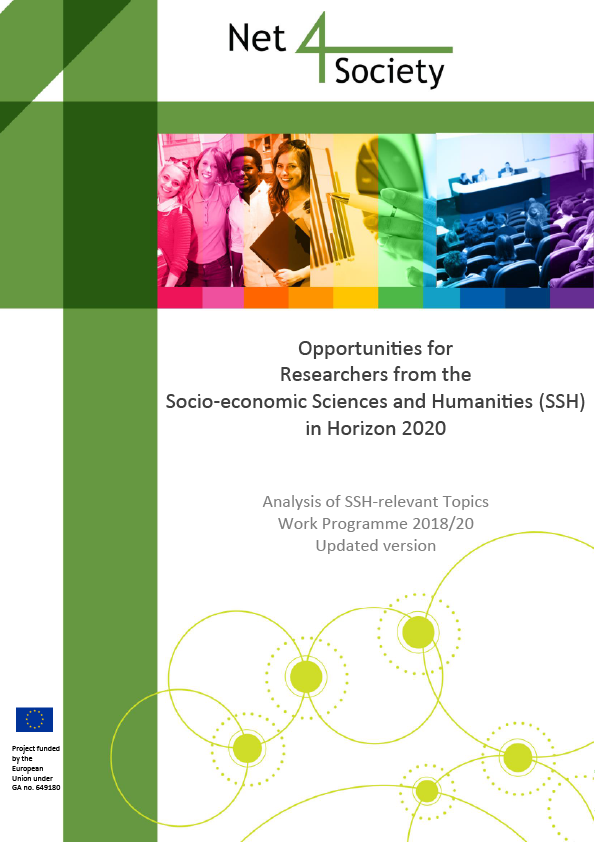On 8 May 2015 the European Commission adopted a decision to open up the 1452-1492 MHz frequency band for wireless broadband under harmonised technical conditions. This specific spectrum could be used for advanced mobile services such as audiovisual streaming or high-speed downloads.
he Decision contributes to achieving the Union spectrum target of at least 1200 MHz for wireless broadband by 2015, which is laid down in the Radio Spectrum Policy Programme (Decision 243/2012/EU). It adds another 40 MHz of harmonised spectrum for wireless broadband electronic communications services on top of the currently available 990 MHz, while ensuring the protection of existing use within this band for terrestrial digital audio broadcasting (T-DAB). According to the Decision Member States shall make the spectrum available within 6 months of its entry into force.
Harmonized technical conditions
The Decision introduces technical conditions for wireless broadband use as downlink-only (i.e. unidirectional transmission from the network base stations to mobile terminals) to enable supplemental downlinks (SDL) – a novel feature of 3G and 4G mobile broadband technology and part of Long Term Evolution (LTE) standard. SDL in the 1452-1492 MHz band can be used in conjunction with the aggregation of several frequency bands for their simultaneous use by operators. As a result consumers will benefit from better, quicker and more innovative services, in particular regarding the consumption of on-demand and live streaming audio-visual content to smart phones and tablets.
Background
The Commission Report on the spectrum inventory last year highlighted that the 1452-1492 MHz frequency band is currently not efficiently used in the Union and the Member States represented in the Radio Spectrum Policy Group (RSPG) recommended its harmonisation for wireless broadband. Since 2002 part of the 1452-1492 MHz frequency band (1452-1479.5 MHz) has been harmonised for T-DAB in all EU Member States. However, T-DAB has not been taken up in this band except for a few existing T-DAB spectrum users in the EU, which will be protected in line with the legal provisions of the Decision. The technical conditions laid down in the Commission Decision are based on a technical report by CEPT (CEPT Report 54), which was delivered in response to a Commission Mandate to CEPT.
Radio spectrum is an extremely valuable but also increasingly scarce resource. Its socio-economic importance has dramatically increased as wireless services such as broadband access or the internet of things are becoming pervasive through all domains of business and society. Industry sources predict that global mobile data traffic is increasing by approximately 50% annually, and the growth of 4G smartphone connections in Europe is expected to reach about 80% in 2020.


